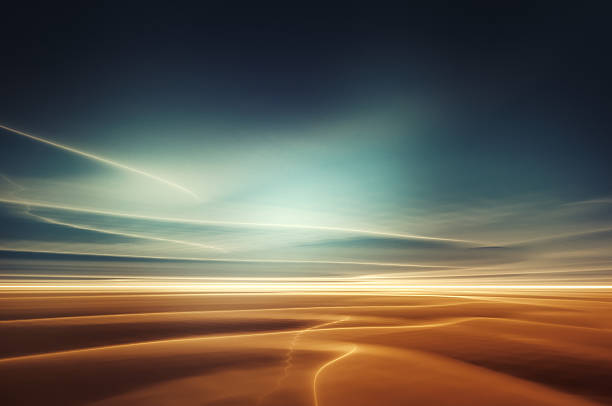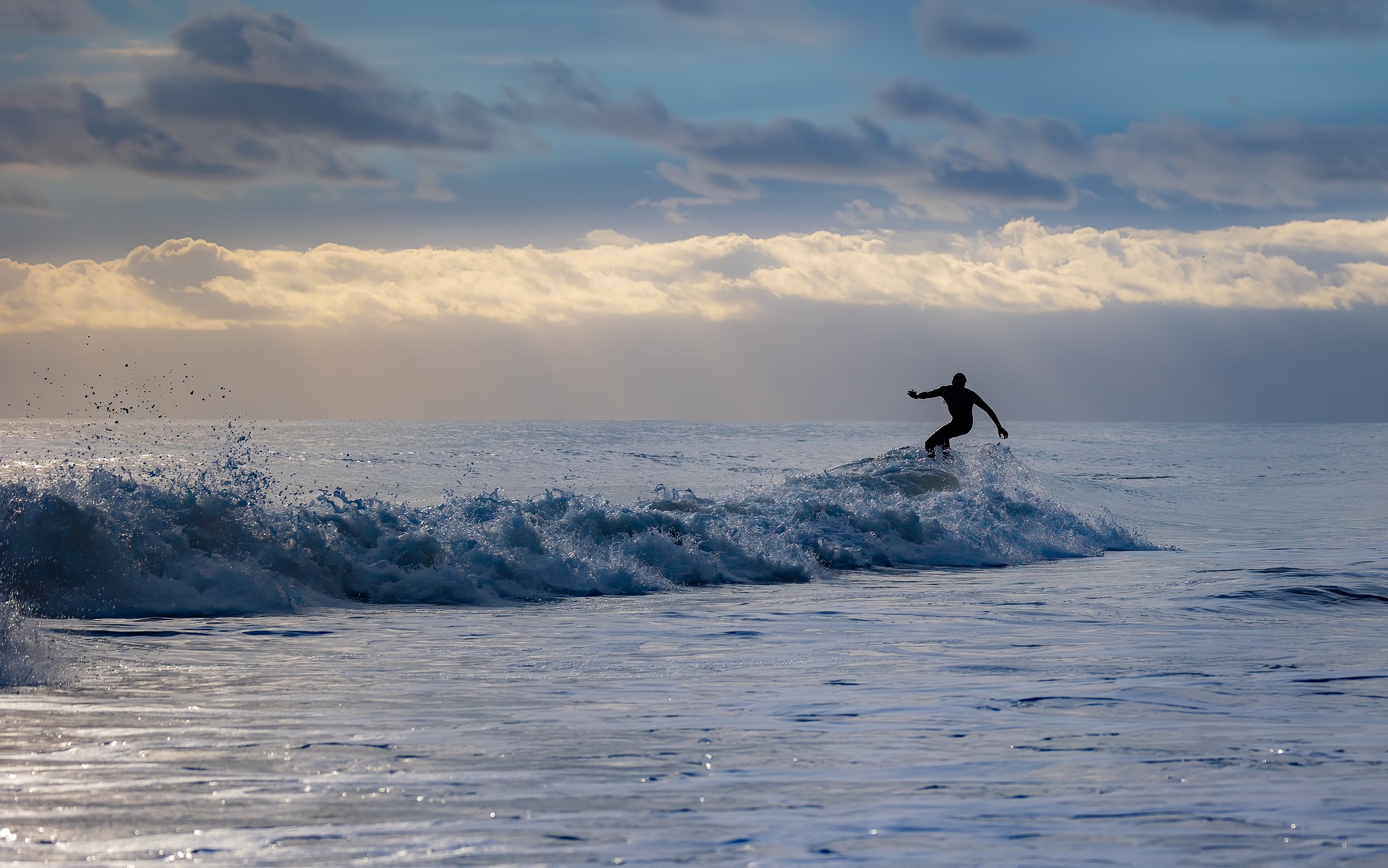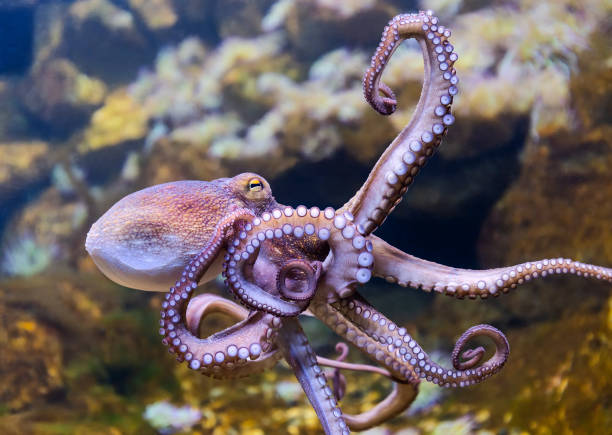Shifting Sands: The Surprising Surge of Desert Art
With the increasing attention towards environmental art and the exploration of unconventional canvases, one trend has been making waves in the art world: Desert Art. This intriguing movement utilizes the vast, untouched landscapes of deserts as a backdrop for striking installations and performances. The following article delves into the fascinating world of Desert Art, tracing its origins, current trends, and its significant impact on the arts and entertainment industry.

Introduction
Desert Art is a largely unexplored niche that is gaining momentum in the global art scene. From large-scale installations to intimate performances, this movement is transforming desolate landscapes into vibrant platforms for creative expression.
History and Evolution
Desert Art, as a distinct movement, has its roots in the 1960s, when artists such as Walter De Maria and Michael Heizer began to use the vast expanses of the American deserts to create monumental land art. This was a radical shift from the traditional confines of galleries and museums, offering a new perspective on the relationship between art and environment.
Current Developments
Today, Desert Art has evolved into a multidisciplinary movement, encompassing a broad range of artistic practices. The Burning Man festival, an annual gathering in the Nevada desert, is perhaps the most well-known manifestation of this trend. Artists from around the world create temporary installations, performances, and interactive experiences that engage with the desert environment in innovative ways.
Impact and Reception
The impact of Desert Art extends beyond the boundaries of the art world. It has challenged our perceptions of what constitutes an ‘art space’, and how art can engage with and reflect upon environmental issues. The reception has been overwhelmingly positive, with critics lauding the movement’s ability to provoke thought and conversation about humanity’s relationship with nature.
Significance and Future Prospects
Desert Art, with its unique combination of creativity and environmental consciousness, holds great promise for the future. As the world grapples with climate change and environmental degradation, this movement offers a poignant reflection on our place within the natural world. By pushing the boundaries of traditional artistic practice, Desert Art is poised to continue making waves in the arts and entertainment industry.
In conclusion, Desert Art is more than just a trend, it is a testament to the power of creative expression and its ability to transform and engage with the world around us. As artists continue to explore this fascinating medium, we can expect to see more compelling and thought-provoking works that redefine our understanding of art’s possibilities.





